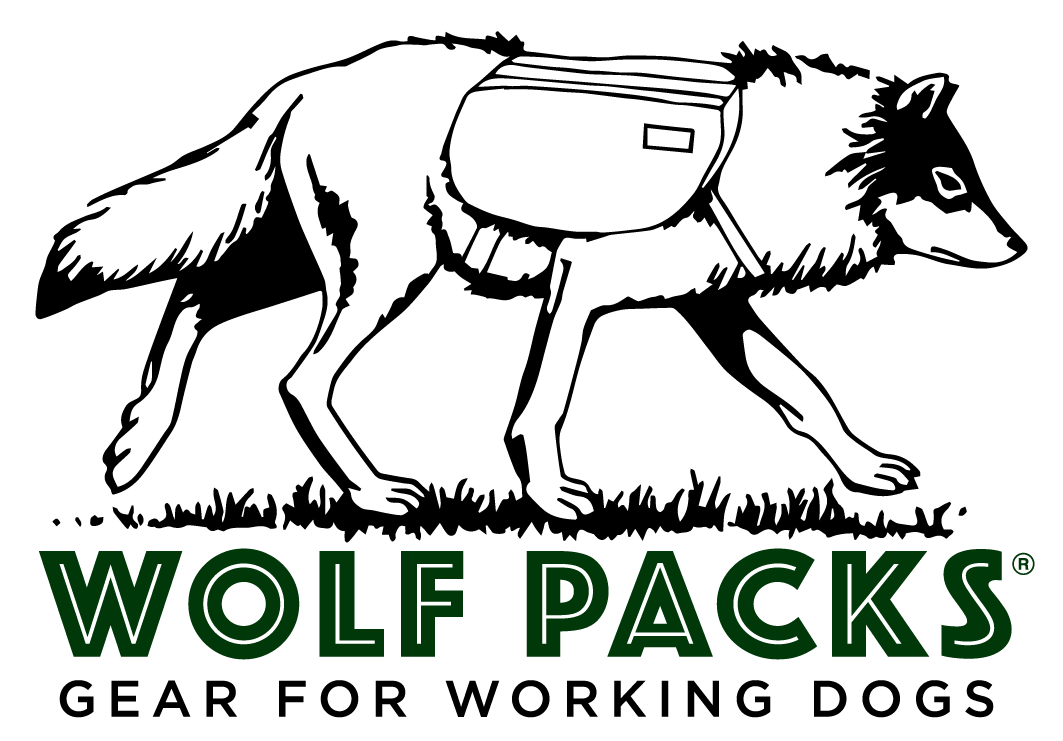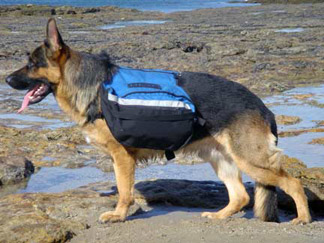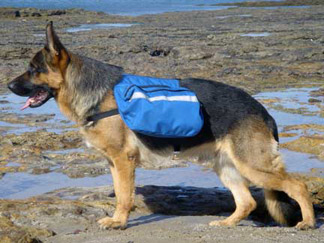Wolf Packs Guide to Dog Packing
Various questions about our dog pack designs have been asked of us over the years. We will attempt to answer the more common ones here. This FAQ is a work in progress, but with time it will grow more complete.
You might also be interested in reading some of the testimonials about our products sent to us by our customers.


